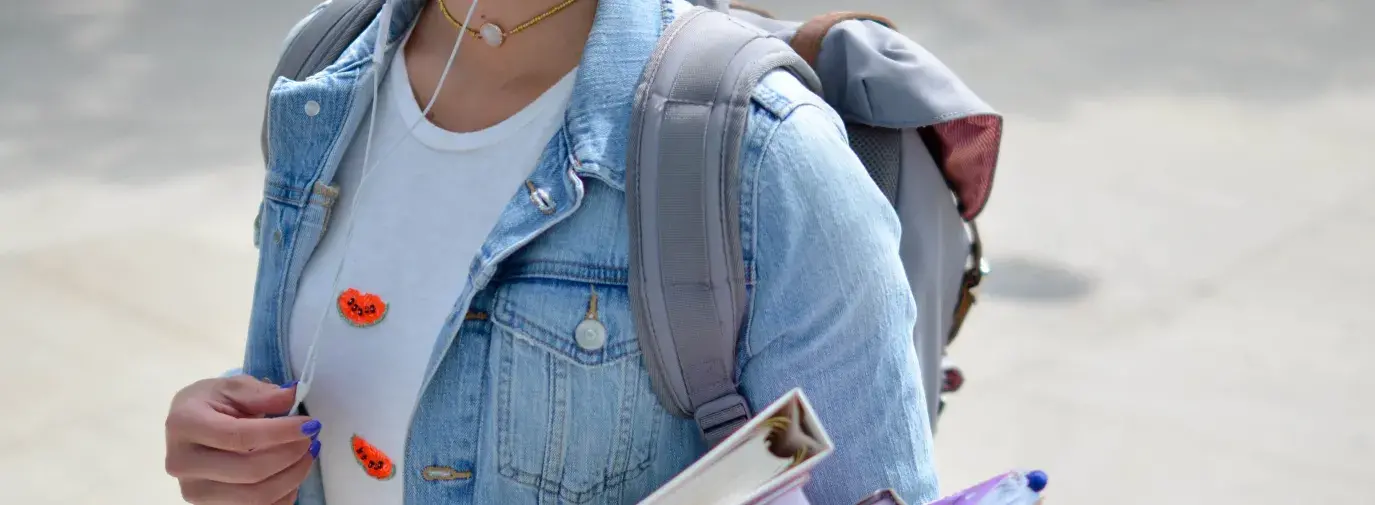
For some people, summer is ending much too soon; for others, they can’t wait for the start of fall … and the new school season.
Whether you’re in the market for a fresh new look – or just need some clothes that fit your family’s needs! – we put together a guide to a more sustainable way to do your back-to-school shopping:
Attend or organize a clothing swap
Clothing swaps are a great way to bring communities and friends together, and have clothes cycle through a community. It is a fun and low-cost way to find new clothes, catch up with old friends and meet some new people.
Shop secondhand
Thrifting, on-line markets, and consignment are all en vogue. When you shop secondhand, not only are you potentially saving money on new (to you!) clothes, secondhand clothes help keep clothes out of landfills longer and are a good way to avoid contact with residual chemicals that can be found on new clothing.
Thrift stores are still great options to shop secondhand, especially on a budget. Used stores like Plato’s Closet and Buffalo Exchange not only offer in-trend, lightly used clothing at great prices, they will also purchase your clothing as well. Meanwhile, websites like ThredUp and The Real Real are also changing perceptions of how to shop secondhand – ThredUp buys and sells trendy clothes, while The Real Real is a luxury consignment shop.
Shop at a green business
Sometimes, you just don’t have time to comb through the secondhand market to find what you need. Sometimes, there are things you would just prefer to buy new. We get it! If you can, try to shop at a green business.
Green America’s Green Business Network is a great place to start. By supporting green businesses, you are voting with your dollar for practices that are more sustainable, and showing conventional businesses that consumers care about how their clothes were made. Sustainability certifications can also be a helpful guide to learn more about how your clothes were made.
Research the big-name brands if you think you’ll shop with them
Green alternatives can sometimes come at a premium price point. If you find yourself shopping at a conventional store, try to do some research to see what – if any – sustainability plans they have.
Our scorecard is a helpful primer on what major companies are doing, and what issues you should be asking your favorite companies not on the scorecard. Some conventional companies also have token sustainable lines of clothing, such as jeans made in a fair trade factory, shirts made with organic cotton, or another token “sustainability” initiative.
It’s important to remember that no amount of sustainability plans can negate the environmental and social aspects that come with producing large amount of clothing. Unfortunately, we cannot shop our way into sustainability just yet; however, we do still need to wear clothing on a daily basis, so we can, at least, adjust our habits to become more mindful of how our actions impact people and the planet.






